Bur Oak Tree
- June 15, 2023
- 0 comment
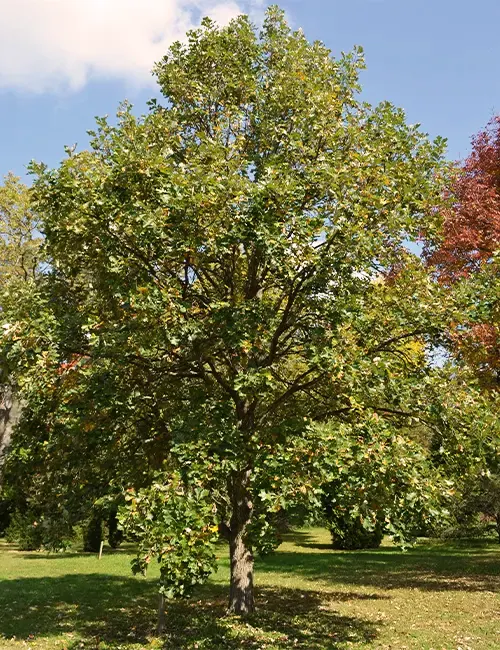
Common Name: Bur Oak or Mossycup Oak.
Botanical Name: Quercus macrocarpa.
Family: Fagaceae family.
Plant Type: It is a deciduous tree.
The Bur Oak (Quercus macrocarpa) is a magnificent tree that captures the imagination with its grandeur and longevity. Known for its resilience and beauty, this iconic North American tree has a rich history and numerous notable characteristics. Let’s delve into the world of the Bur Oak and explore its unique attributes.
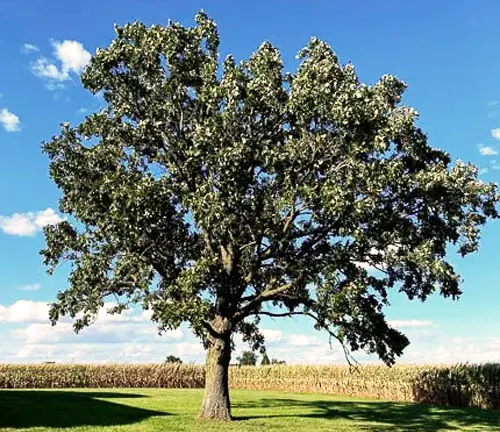
Mature Size and Growth Rate
This majestic tree can reach a mature height of 60 to 80 feet (18 to 24 meters) with a spread of 40 to 60 feet (12 to 18 meters). It has a slow to moderate growth rate, typically adding 12 to 24 inches (30 to 60 centimeters) in height per year.
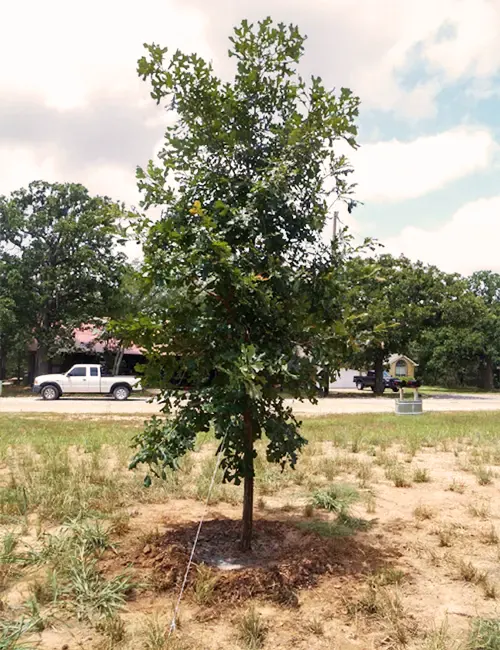
Soil Type
The Bur Oak is adaptable to various soil types. It thrives in well-drained soils, including loamy, clay, and sandy soils.
Soil Preference
While it can tolerate a wide range of soils, the Bur Oak prefers slightly acidic to neutral soils.

Hardiness Zones
It is native to central and eastern North America and is well-suited for hardiness zones 3 to 8. This makes it suitable for a vast geographic range, including regions with cold winters and hot summers.

Sun Preference
The Bur Oak is a sun-loving tree that thrives in full sun exposure. It requires at least six hours of direct sunlight per day to grow optimally.

Attributes
The Bur Oak is famous for its large, deeply lobed leaves that provide ample shade during the hot summer months. Its bark is grayish-brown, developing deep ridges and furrows as the tree matures. Additionally, it boasts an impressive size and stately appearance, making it an excellent specimen tree.
Wildlife Value
This oak species offers significant wildlife value. The acorns produced by the Bur Oak serve as a vital food source for various mammals, including squirrels, deer, and turkeys. The tree also provides nesting sites and shelter for birds.
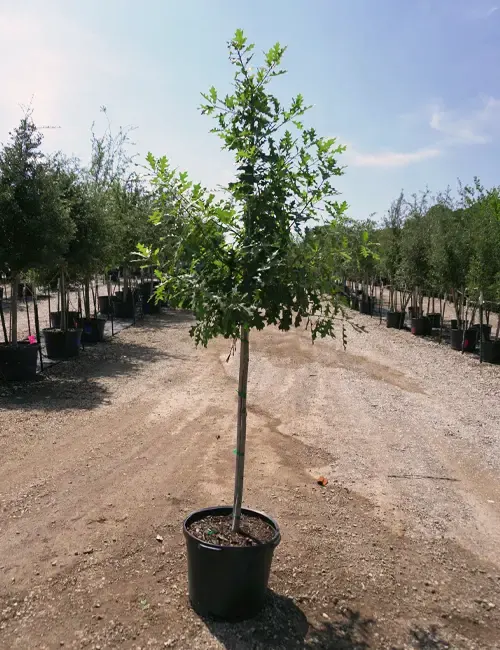
Care
The Bur Oak is relatively low-maintenance once established. Regular watering during the tree’s early years helps establish a strong root system. Mulching around the base of the tree aids in moisture retention and weed suppression. Pruning should be minimal and focused on removing dead or damaged branches.
Benefits
Beyond its aesthetic appeal, the Bur Oak provides numerous benefits. Its extensive canopy offers shade, reducing cooling costs in summer. The tree also helps improve air quality by absorbing pollutants and releasing oxygen. Additionally, the deep root system of the Bur Oak helps prevent soil erosion.
Invasive
The Bur Oak is not considered invasive. Its growth is well-controlled, and it does not pose a significant threat to native ecosystems.
Lifespan
With proper care and environmental conditions, the Bur Oak can live for several centuries. Some specimens have been known to survive for over 400 years, showcasing the tree’s exceptional longevity.
Disadvantage
One potential disadvantage of the Bur Oak is its large size, which may be unsuitable for smaller yards or urban settings. The dropping of acorns in the fall can also be a nuisance, requiring regular clean-up.

Edible or Not
The acorns produced by the Bur Oak are edible but require processing to remove their bitter tannins. Native Americans used various methods to prepare acorns as a food source, including leaching and grinding
Habitat Requirements
The Bur Oak thrives in a variety of habitats, including prairies, woodlands, and savannas. It can tolerate drought conditions and is well-adapted to survive in regions with periodic flooding.
Name Origin
The name “Bur Oak” comes from the burs or mossy cups that encase the tree’s acorns. These cup-like structures, formed from the scales of the acorn cup, give the tree its distinctive appearance.
Varieties
There are a few recognized varieties of the Bur Oak, including the ‘Majestic Skies’ and ‘Crown Right.’ These varieties exhibit specific traits such as improved fall color or more compact growth.
Pruning
Pruning of the Bur Oak should be minimal and focused on the removal of dead, diseased, or damaged branches. It is best done during the dormant season to minimize stress on the tree.
Propagating
Propagation of the Bur Oak can be achieved through various methods, including seed germination and grafting. Growing from acorns requires patience, as the tree may take several years to reach a suitable size for transplanting.
Common Pests & Diseases
The Bur Oak is generally resistant to many pests and diseases. However, it can be susceptible to oak wilt, a fungal disease that affects many oak species. Regular inspection and prompt treatment are crucial in preventing the spread of oak wilt.
Fun Facts:
- The Bur Oak is the state tree of Iowa, where it is highly valued for its beauty and cultural significance.
- Native American tribes utilized the strong and durable wood of the Bur Oak for crafting tools, furniture, and canoes.
- The oldest Bur Oak in North America, known as the “Big Oak,” is estimated to be over 500 years old and stands in Manitoba, Canada.
Frequently Asked Questions:
Q: Can I plant a Bur Oak in my small yard?
A: Due to its large size, the Bur Oak is better suited for spacious areas. Consider the available space before planting, as the tree requires ample room to grow.
Q: Do I need to water the Bur Oak regularly?
A: While the Bur Oak is drought-tolerant once established, regular watering during its early years is essential for healthy growth and root development.
Q: Are Bur Oak acorns poisonous to animals?
A: No, Bur Oak acorns are not poisonous. They serve as an important food source for various wildlife, including squirrels, deer, and birds.
Q: How can I control oak wilt in my Bur Oak?
A: Prevention is key when dealing with oak wilt. Avoid pruning during the growing season when the disease-causing fungus is most active. Promptly remove and destroy infected trees to prevent further spread.
Q: Can I eat the acorns from a Bur Oak tree?
A: While Bur Oak acorns are edible, they require special processing to remove their bitter tannins before consumption.
In conclusion, the Bur Oak is a remarkable tree that adds grace, shade, and wildlife value to its surroundings. Its ability to withstand harsh conditions and its long lifespan make it a cherished part of North America’s natural heritage. Whether you’re captivated by its majestic appearance or its ecological contributions, the Bur Oak is undeniably a treasure worth celebrating and preserving for generations to come.

John Carlos
Forestry AuthorThe beauty of logging isn't just about felling trees. It's about understanding nature, mastering the art of chainsaws, and respecting the environment. I believe in sharing my experiences and knowledge, ensuring that we move towards a sustainable future together.







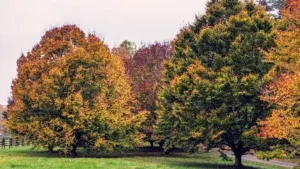



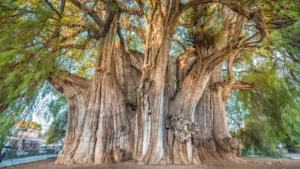
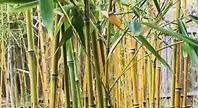
Leave your comment